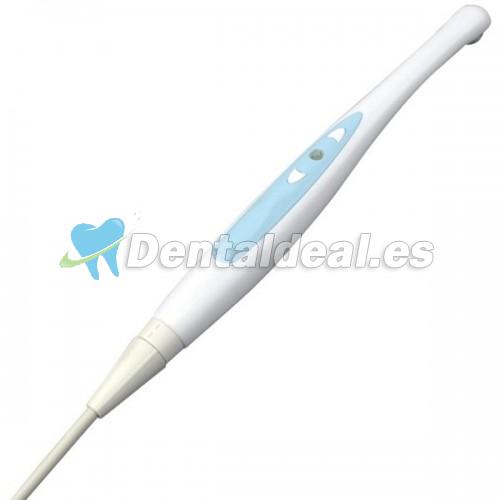Magenta MD940U USB intra-oral cámara (cámaras USB dentales)

Características:
* Diseño de Niza Nueva
* 1.3Mega píxeles, 1/4 CMOS.
* Soporte con la función de apagado automático.
* Super todo el ajuste automático de enfoque del objetivo.
* USB 2.0 (todos digitalizar)
* Trabaja en Windows, XP, Vista, Windows 7 (32 picaduras y mordeduras de 64).
pliego de condiciones:
Sensor de imagen: 1/4 CMOS.
Resolución de la imagen: 1,3 megapíxeles
Lámpara: 6pcs LED blanco (5600K)
visual angular: 105 grados
Fuente de alimentación: DC5V
longitud del cable: 2 m
* Compatible con Windows XP SP2/Windows Vista / 7 Victorias.
dentales cámara intraoral , unidad dental completa
diente dental cámara intraoral camra dientes cámara cámara, unidad dental completa
Intra-oral cmaera fábrica (fábrica) de China,
Cámara Dental fábrica del sistema (manufactura) en China
Wireless CCD intraoral cmaeras suppiler (manufactura) en China,
inalámbrico digital CCD dental cámaras de fábrica del sistema (fabricante) en China,
Zoom digital sistema de cámara
La conexión inalámbrica dental intra-oral cámara intraoral cámara, unidad dental completa





